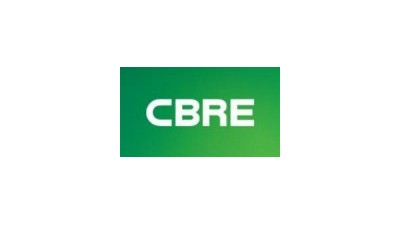In Cities With Benchmarking Laws, Green Building Adoption Climbs Higher

New York City claimed the No. 10 spot for the first time in this year’s Green Building Adoption Index study conducted by CBRE and Maastricht University. Atlanta, Houston and Minneapolis again claimed spots in the top five and San Francisco slipped to No. 2. Chicago claimed the top spot with 66% of its buildings qualifying as green certified.
The Big Apple was part of a group of cities leading the charge in LEED and Energy Star certifications. The study also looked at the impact benchmarking ordinances have on a city’s willingness to adapt sustainability standards. Among the top 10, nine cities have enacted policies that increase the transparency of a commercial property's green standing. Markets with these ordinances have seen 9% more Energy Star and LEED certified buildings and 21% higher Energy Star and LEED certified square footage.
“While it is still too early to make a definitive correlation between benchmarking ordinances and the rate of growth in ‘green’ buildings, this year’s findings do begin to establish a link that will be studied closely in the future,” CBRE Global Director of Corporate Responsibility David Pogue said.
New York enacted its Greener, Greater Buildings Plan in 2009, requiring benchmarking and transparency as well as energy audits and “retrocommissioning,” building retuning, every 10 years for commercial buildings 50K SF and greater. In 2016, Mayor Bill De Blasio and the City Council extended the regulations to cover buildings 25K SF and greater, bringing an estimated 2.8B SF under the ordinance, the largest of any local jurisdiction in the U.S.
The GBAI surveyed the number of green commercial buildings just in Manhattan, which has continued to improve its standing on the list, with 39.4% of the market certified. The study did not include buildings in New York City's other four boroughs. Nationally, Manhattan has the highest percentage of Energy Star-labeled buildings, at 24.6%. It also has the highest percentage of LEED-certified buildings, at 11.3%.
Manhattan leads overall in the percentage of green buildings, at 28.6%, compared to entire cities nationwide. The methodology behind the survey uses percentage of green certified square footage, placing markets with a large number of similarly sized buildings at a disadvantage to those with a broader mix of building sizes, putting the borough out of the running for the top spot.
The study found that institutional owners of office buildings continued to pursue green building certifications in the 30 largest U.S. markets, with 10.3% of all buildings surveyed bearing the Energy Star label, while 4.7% are LEED certified, both ahead of last year’s totals. Despite major policy shifts and reversals coming from the White House, many building owners in major markets are keeping their sustainability promises.
“Even though the current federal legislative agenda has shifted the focus away from energy efficiency and sustainability, the momentum in the commercial real estate industry toward improving building operating performance and enhancing building quality is hard to derail,” Maastricht University associate professor Nils Kok said.
To read the full report, click here.
To learn more about this Bisnow content partner, click here.

